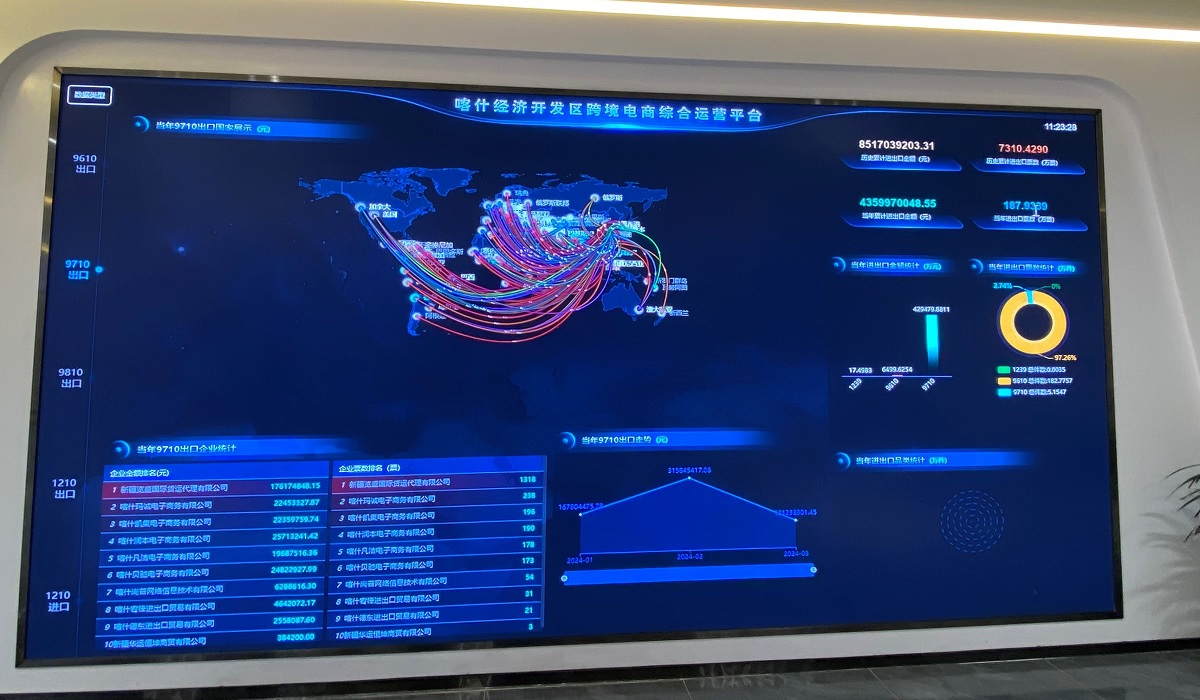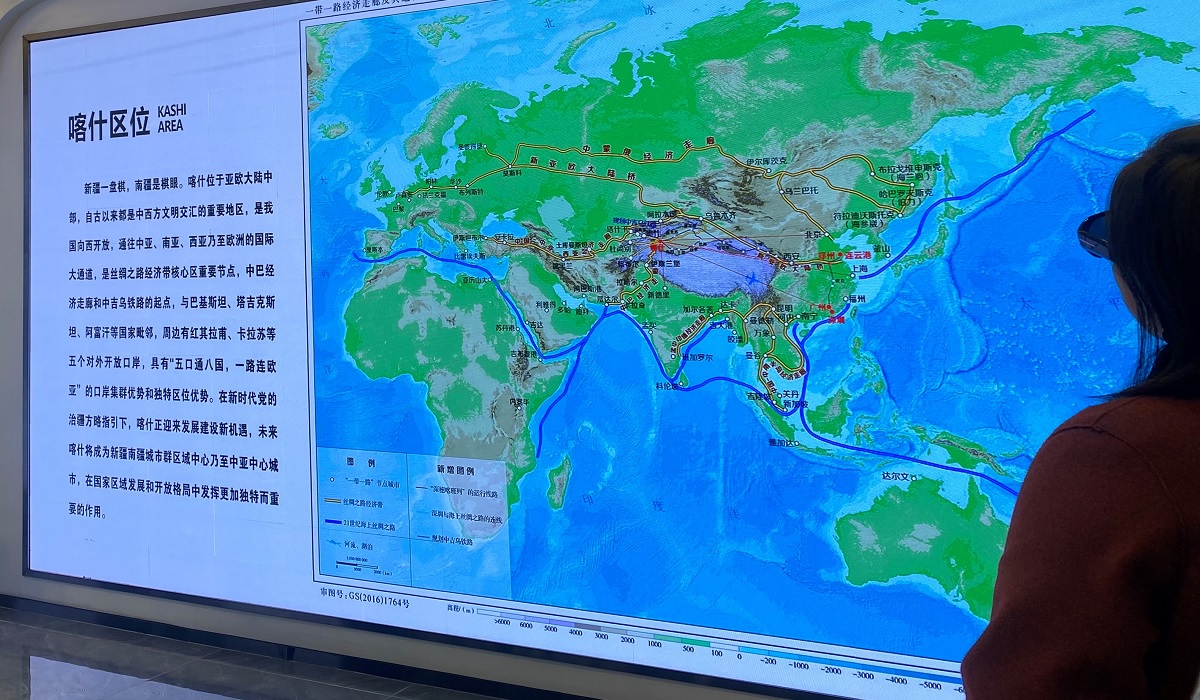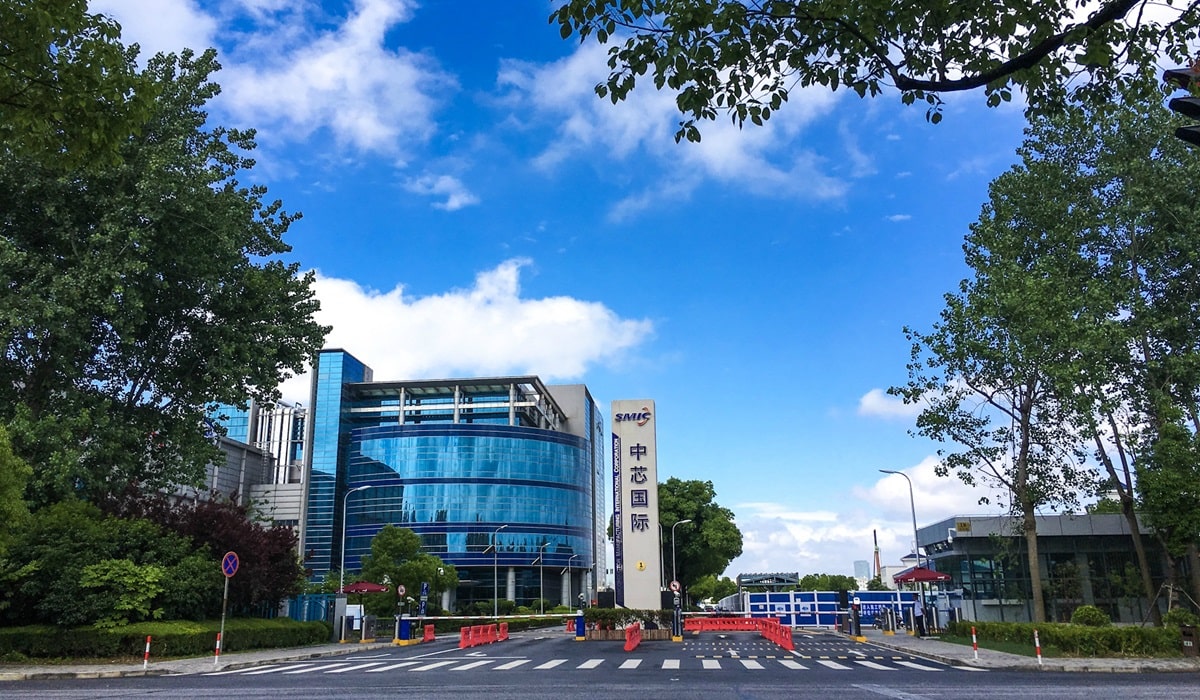In today’s era, where global collaboration and economic advancement are paramount, the Belt and Road Initiative (BRI) emerges as a guiding light, fostering mutual understanding, trust, and prosperity among nations. Spearheaded by the Chinese government, the BRI embodies principles of peace, collaboration, and inclusivity, aiming to cultivate a community of shared interests and responsibilities across continents. Central to its mission are the Silk Road Economic Belt and the 21st-Century Maritime Silk Road, seamlessly connecting Asia, Europe, and Africa through both land and sea routes, thereby driving economic integration on an unprecedented scale.
The Silk Road Economic Belt, threading through the landscapes of Asia and Europe, promises to rejuvenate trade and connectivity among nations. From China’s shores to the heart of Europe via Central and West Asia, this historic route intersects with modern ambitions, forging connections between dynamic economic hubs and unlocking opportunities for nations along its path. With a strategic emphasis on strengthening infrastructure, trade, and investment facilitation, the Initiative aims to pave the way for a prosperous future.
Similarly, the 21st-Century Maritime Silk Road charts a course from China’s coastline to the vast expanse of the South Pacific, fostering maritime trade and collaboration across the Indian Ocean and beyond. Through collaborative efforts to develop efficient transport routes and seaports, the Initiative seeks to enhance connectivity and commerce among key stakeholders along the maritime route. Projects such as the China-Pakistan Economic Corridor and the Bangladesh-China-India-Myanmar Economic Corridor exemplify the BRI’s commitment to deepening cooperation and driving economic advancement, transcending borders, and nurturing regional prosperity.

Live results of imports and exports at the Kashi Comprehensive Bonded Zone Cross-border E-commerce Import and Export Commodity Exhibition and Trading Center.
At the core of the BRI lies the Xinjiang region, serving as a vital nexus between Chinese and Western cultures and playing a pivotal role in the Initiative’s success. Renowned for its historical significance as a hub of trade and cultural exchange, Xinjiang epitomizes the spirit of mutual respect and cooperation bridging continents and fostering economic development.
Furthermore, the establishment of free trade zones, such as the one in Xinjiang, provides ground for innovation, commerce, and investment, amplifying the economic impact of the BRI. With its strategic positioning and robust infrastructure, the Xinjiang free trade zone drives the region towards sustained growth and prosperity. Over the past two years, the region has witnessed a remarkable increase in the value of exports and imports, soaring from 3.71 billion yuan in 2021 to 94.5 billion yuan in 2023. This surge reaffirms the region’s crucial role as an international meeting point capable of reaching distant corners, connecting Central Asia with South Asia, and serving as an integral link in achieving the objectives of the Belt and Road Initiative.
In 2023, the regional GDP reached 1912 billion yuan, marking a notable year-on-year increase of 6.8%. This growth is mirrored in various economic indicators, with the added value of industries rising by 6.4% and fixed assets increasing by 12.4%. Importantly, the region witnessed a staggering 45.9% increase in import and export trade, reflecting its burgeoning economic significance on the global stage.
The region’s allure extends beyond economics, as evidenced by the influx of tourists reaching 265 million in 2023. This surge in tourism translates into substantial revenues, amounting to nearly 300 billion yuan. Moreover, the region’s rural population experienced a commendable 5.6% increase in income rates, underscoring its pivotal role in driving socio-economic development.
Xinjiang’s economic significance is further underscored by its pivotal role in industries such as cotton production, with 90% of Chinese cotton being cultivated within its borders. This reinforces Xinjiang’s status as a cornerstone of China’s economic landscape, contributing significantly to the nation’s agricultural and industrial sectors.
Historically, the Silk Road exemplify a network of trade routes that facilitated cultural exchange and economic activity across vast regions. Today, the Belt and Road Initiative seeks to revive this legacy, foreshadowing a new dawn of international cooperation and collaboration. Through strategic investments in transportation, communication, and infrastructure projects, the BRI endeavors to bridge continents and promote sustainable development on a global scale.
In essence, the Belt and Road Initiative heralds a new era of international cooperation, driven by principles of mutual benefit and collective security. As nations unite to forge a community of shared destiny and responsibility, the spirit of the Silk Road continues to inspire.









